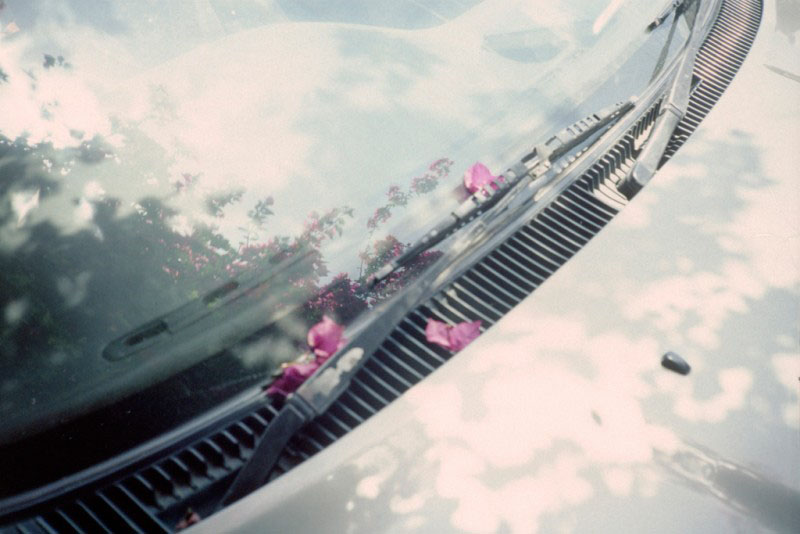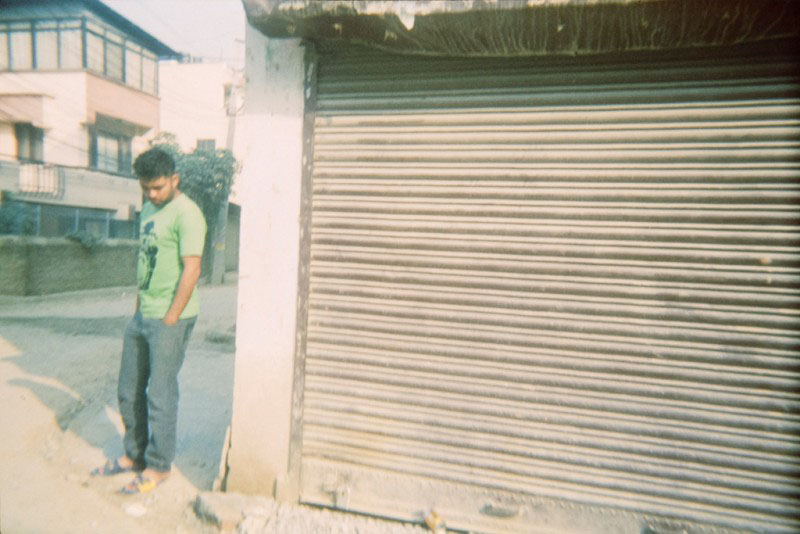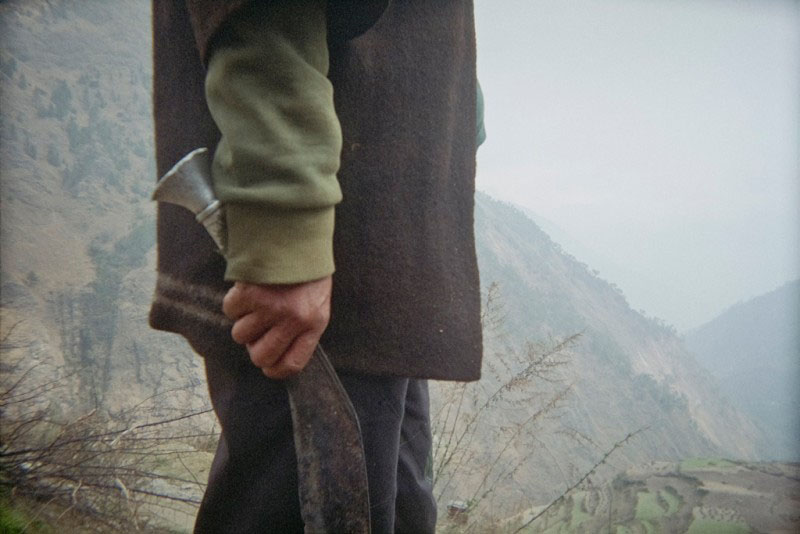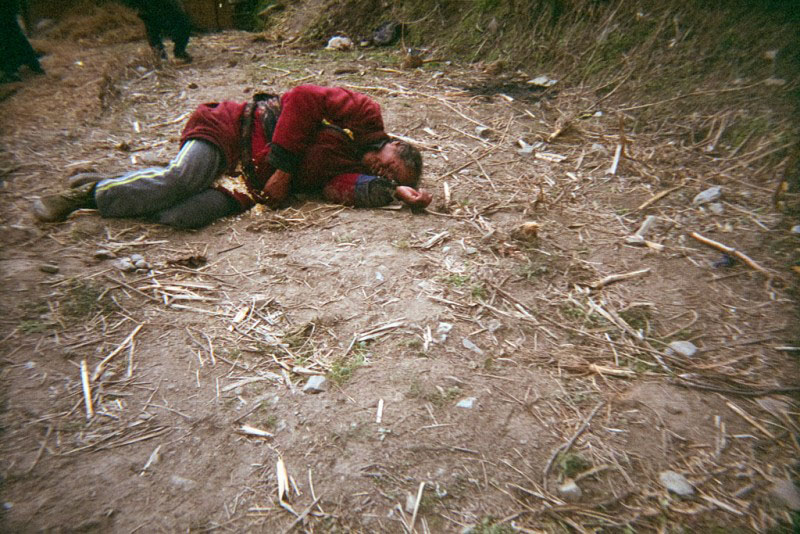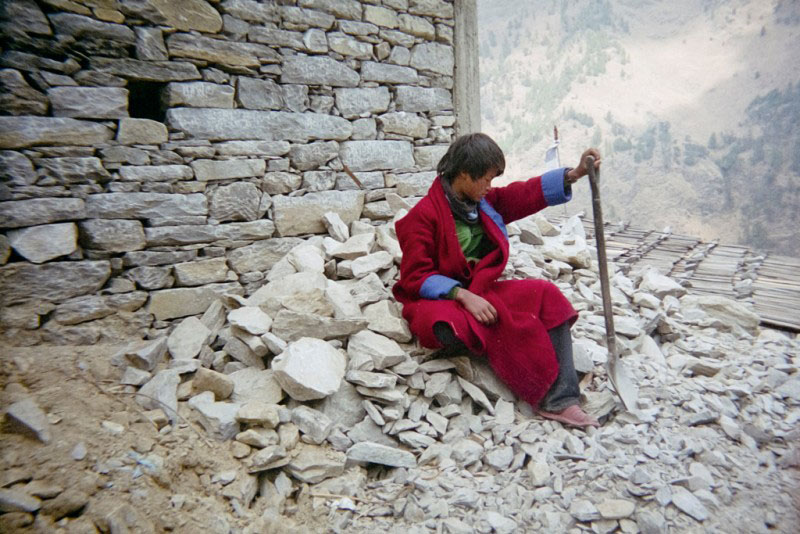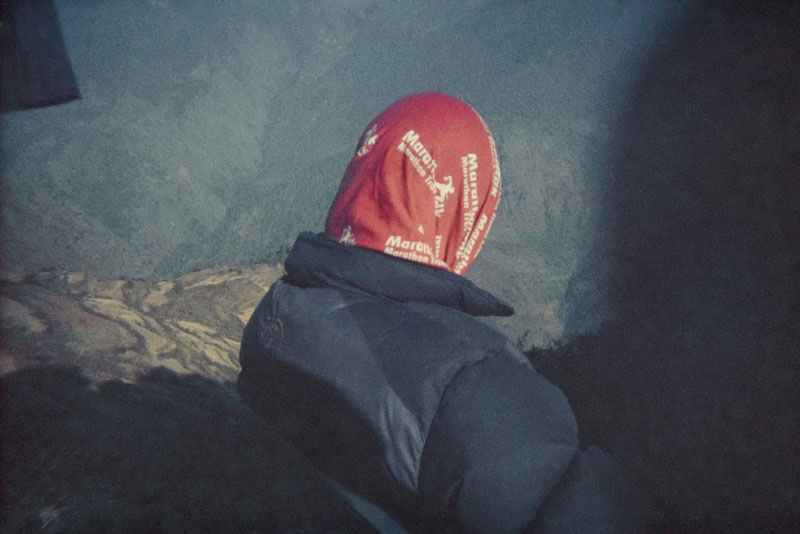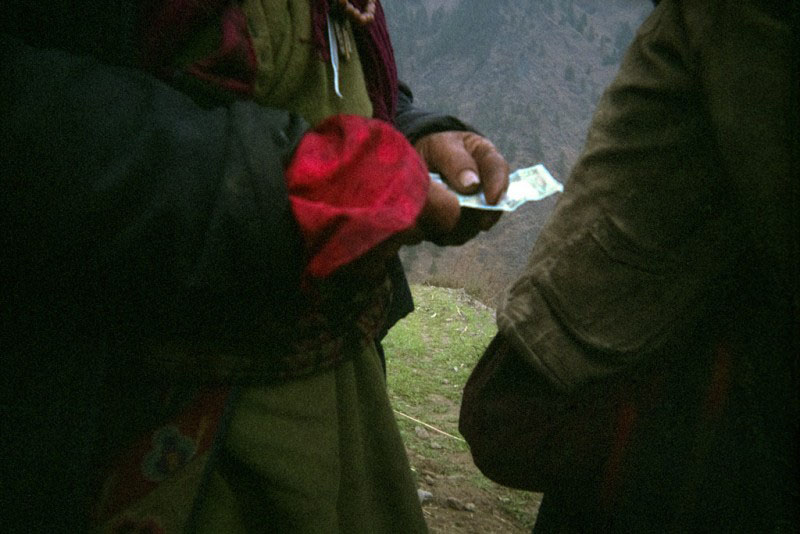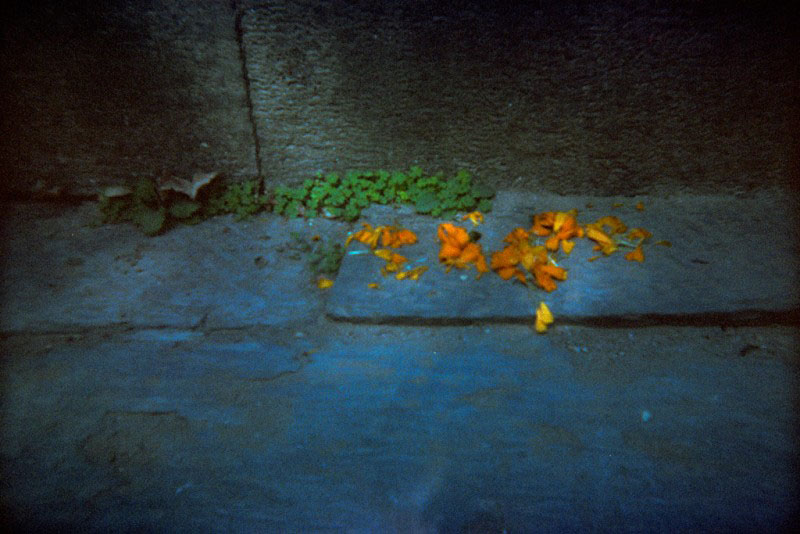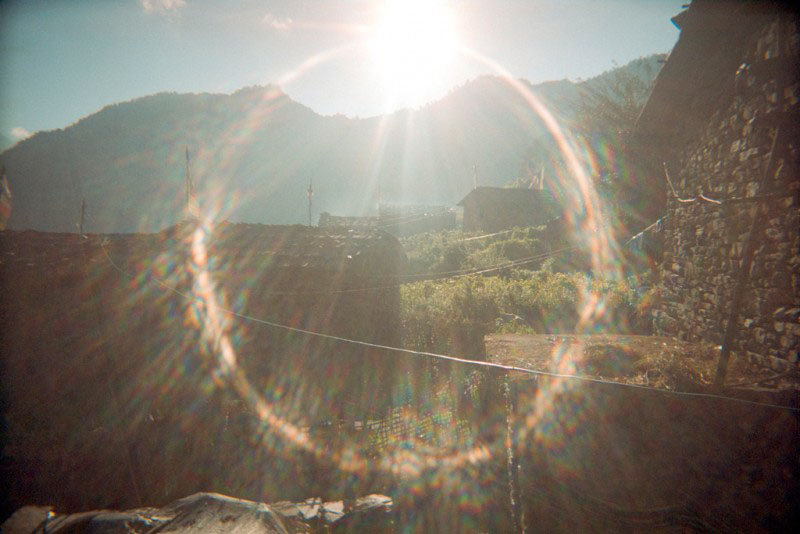I’ve always found travel to be explicable, following a nomadic meander in the sedentary course of things; other places, other people; vertigo, then return. And, I would add, the headiness of sharing another person’s everyday life. Arriving at a place for pleasure, I want to be there with honesty. I want something to happen that doesn’t just mean nothing. I want the person’s everyday experience to coincide with that break from my sedentary experience that I call “travel”. Until I ceased expecting anything from anyone, so that it soon turned out that the question wass above all one of presence and freedom.
Translated from French by John Doherty.
The title of this series has been borrowed from a text by Pierre Bergounioux.
This text, as well as some images of the Explanation, peace, forgetfulness series have been published in Nepal. Epiphanies of the Epiphanies (Le Bec en l’air, 2017).
A portfolio of forty gelatin silver prints of this series was printed onto Kodak Endura paper by Diamantino Quintas between September 2023 and June 2024.



